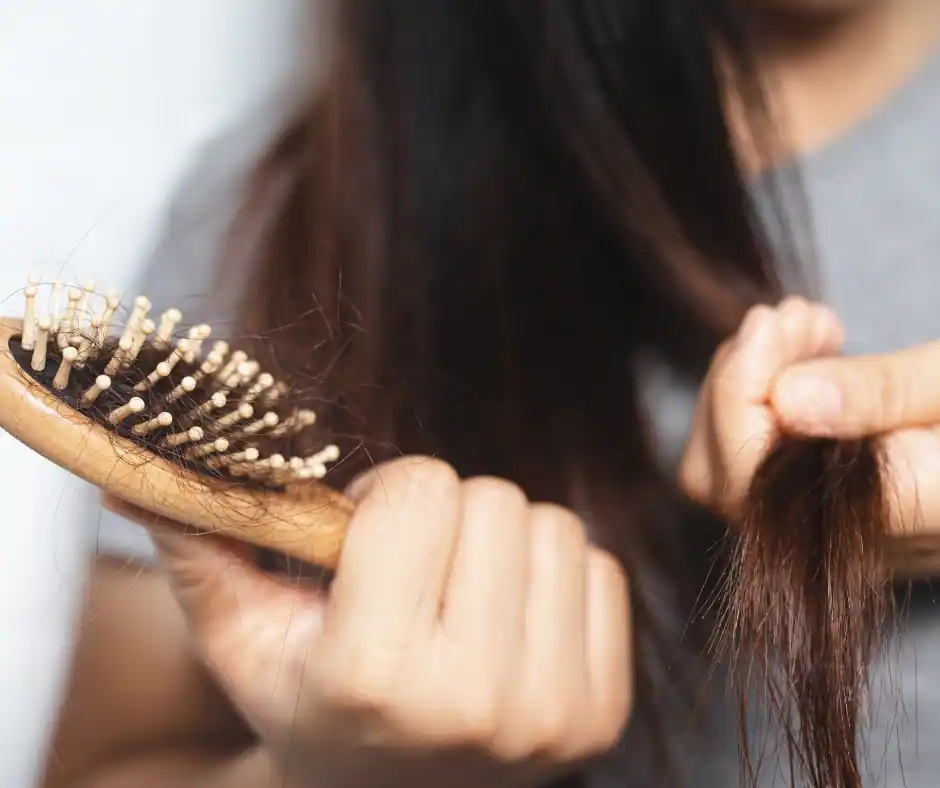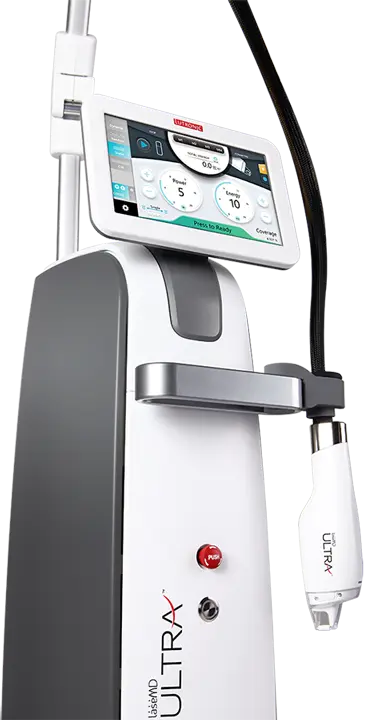Non-surgical hair replacement procedures offer a less invasive alternative to traditional surgery. They provide natural-looking results without the need for incisions or stitches.
These methods are gaining popularity due to their affordability and quick recovery time. They are ideal for those seeking non-invasive hair loss treatments.
In this article, we will compare non-surgical and surgical hair restoration options. Discover which method might be the best fit for your needs.
Understanding Hair Loss: Causes and Impact
Hair loss can be caused by a variety of factors. Genetics play a significant role in many cases. Hormonal changes are another common cause.
Environmental factors may also contribute to hair thinning. Stress and poor nutrition can further exacerbate the problem.
The impact of hair loss isn’t just physical. It can deeply affect emotional well-being and self-esteem. Many experience anxiety as a result.
Common Causes of Hair Loss:
- Genetic predisposition
- Hormonal changes
- Stress and lifestyle factors
- Poor nutrition

Understanding the root of your hair loss can help you find the right solution. Whether surgical or non-surgical, options exist to address these concerns.
Overview of Hair Restoration Options
Various approaches exist for hair restoration. Choosing the right one depends on individual needs and preferences. Both surgical and non-surgical methods offer distinct benefits.
Non-surgical procedures are less invasive than surgical ones and often cost less. They include newer technology and products aimed at stimulating hair growth.
Main Hair Restoration Options:
- Non-Surgical: Hair systems, laser therapy, topical treatments
- Surgical: FUT, FUE hair transplants
What Is a Non-Surgical Hair Replacement Procedure?
Non-surgical hair replacement procedures are non-invasive methods to address hair loss. They don’t require incisions or stitches, unlike surgical options. These methods offer a range of customizable solutions for different hair loss needs.
Non-surgical hair restoration is ideal for those wary of surgery. It includes several approaches that can suit individual concerns. These methods can be integrated into one’s lifestyle with ease.
Key Features of Non-Surgical Procedures:
- Provide natural-looking results
- Quicker recovery times compared to surgical methods
- Suitable for those with early-stage hair loss
Non-surgical procedures often serve as a temporary or permanent solution. Their adaptability means they can be tailored to personal preferences.
Types of Non-Surgical Hair Restoration Methods
Non-surgical hair restoration offers a variety of methods. These techniques cater to those seeking alternative solutions to surgery. Each method provides unique benefits and addresses different hair loss concerns.
Hair systems and hairpieces are popular non-surgical choices. They offer immediate results with customizable styles. Topical treatments like minoxidil and finasteride are widely used. They are effective in promoting hair growth.
Advanced technologies like low-level laser therapy (LLLT) and Lutronic LaseMD Ultra stimulate hair follicles. These treatments rejuvenate the scalp. Platelet-rich plasma (PRP) therapy harnesses the body’s healing properties. It strengthens hair from within.
Key Non-Surgical Methods:
- Hair Systems and Hairpieces
- Topical Treatments
- LLLT and Lutronic LaseMD Ultra
- PRP and Keralase Treatment
- Scalp Micropigmentation
Scalp micropigmentation offers a tattoo-like solution. It mimics the appearance of fuller hair. Each method provides a viable alternative to surgical procedures.
Hair Systems and Hairpieces
Hair systems are customizable solutions for hair loss. They can match your hair color and texture. Many find these options to be flexible and realistic.
Wigs and toupees are part of this category. They are designed for convenience. Regular maintenance ensures these options remain in optimal condition.

Topical Treatments (Minoxidil, Finasteride)
Minoxidil and finasteride are topical treatments. They are FDA-approved for hair loss. These solutions work by extending the growth phase of hair.
Consistency is key with these treatments. They are effective for many people. Topical solutions require daily application for best results.
Low-Level Laser Therapy (LLLT) and Lutronic LaseMD Ultra
LLLT uses lasers to invigorate hair follicles. It enhances growth and health. LLLT is a painless and non-invasive approach.
Lutronic LaseMD Ultra is an advanced form of laser therapy. It boosts nutrient absorption in hair. This treatment is suitable for many hair types.

Platelet-Rich Plasma (PRP) and Keralase Treatment
PRP treatment utilizes components from your blood. It promotes hair growth naturally. This method is gaining popularity for its efficiency.
Keralase treatment combines laser and serum therapy. It nourishes the scalp and enhances hair quality. Both methods target hair health rejuvenation.
Scalp Micropigmentation and Non-Surgical Hair Grafting
Scalp micropigmentation creates the illusion of hair density. It’s ideal for those with thinning hair. This technique involves minimal discomfort.
Non-surgical hair grafting requires no surgery. It uses a method of placing hair fibers on the scalp. These fibers blend seamlessly with existing hair.
Surgical Hair Restoration: What You Need to Know
Surgical hair restoration involves transplanting hair from donor areas. These procedures are often chosen for their permanent results. However, they require careful consideration and planning.
Surgical options generally include Follicular Unit Transplantation (FUT) and Follicular Unit Extraction (FUE). Both methods have their specific processes. FUT is more traditional, while FUE is less invasive.
The surgical route offers clear benefits. Long-lasting results attract many looking for a permanent fix. But, surgery involves risks and longer recovery times.
Key Surgical Methods:
- FUT Hair Transplants
- FUE Hair Transplants
Surgery is often more costly. It should only be done by skilled professionals in a clinical setting.
FUT and FUE Hair Transplants
FUT involves removing a strip of skin from the donor area. This method typically results in a linear scar. However, it provides a high number of grafts in one session.
FUE, on the other hand, extracts individual follicular units. This method reduces scarring. It’s a popular choice due to its minimally invasive nature. Both techniques require expert precision and care.
Comparing Non-Surgical and Surgical Hair Restoration
Both non-surgical and surgical hair restoration methods have unique attributes. They cater to different needs. For many, non-surgical options present appealing benefits.
Non-surgical procedures are less invasive. They offer quicker recovery and often less discomfort. On the flip side, surgery provides more durable results.
One key difference lies in customization. Non-surgical solutions can be personalized in detail. They can also be altered over time. Surgical options require more commitment. They deliver consistent outcomes once completed.
A summary of their distinctions includes:
- Invasiveness
- Cost and time commitments
- Long-term results
Ultimately, the choice depends on personal preferences and hair loss conditions.
Effectiveness and Results
Both approaches yield positive results. However, effectiveness varies based on individual needs. Surgical procedures often result in permanent hair regrowth.
Non-surgical methods can produce natural-looking results. They are great for those with mild hair loss. However, expectations should align with the treatment type.
Safety and Risks
Non-surgical procedures carry fewer risks. They are generally safe with minimal side effects. Non-invasive options mitigate concerns linked to incisions or anesthesia.
Surgical methods, although effective, come with risks of infection and scarring. Carefully selecting a skilled practitioner is crucial. Ensuring safe procedures is paramount for both options.
Cost and Accessibility
Non-surgical methods are typically more affordable. They provide flexible options that suit a wide range of budgets. Accessibility is another advantage; they are available in many salons and clinics.
Surgical treatments are often costly. They require specialized facilities and trained professionals. This adds to the overall expense and accessibility considerations.
Recovery and Downtime
Non-surgical hair restoration boasts minimal downtime. Most treatments allow people to resume daily activities immediately. This quick recovery is a significant benefit for many.
Conversely, surgical options require healing time. Procedures like FUT and FUE involve downtime and postoperative care. This is something to consider for those with busy lifestyles.
Who Is a Good Candidate for Non-Surgical Hair Replacement?
Non-surgical hair replacement is ideal for many. It’s perfect for those preferring non-invasive methods and quick recovery. Many choose it for its adaptability and ease.
Candidates include individuals with early-stage hair loss. Those who aren’t suitable for surgery find it a good alternative. It’s a go-to for those fearing surgical risks.
A good candidate typically:
- Desires a natural look
- Needs a flexible solution
- Avoids surgical risks
This option suits different lifestyles. Personalized treatments cater to specific needs.
Pros and Cons of Non-Surgical Hair Replacement Procedures
Non-surgical hair replacement has many advantages. It’s less invasive and often affordable. Results can be natural and convincing, boosting confidence.
Despite its appeal, there are some downsides. Results may be temporary and require regular maintenance. Not all methods work for everyone.
Pros and cons include:
- Pros: Quick recovery, cost-effective, customizable
- Cons: Regular upkeep, temporary effects, not universal
Overall, it offers a valuable alternative. Evaluating personal needs is key.

How to Choose the Best Non-Surgical Hair Replacement Option
Selecting the best non-surgical hair replacement requires careful consideration. Everyone’s hair needs vary greatly. Identifying your personal goals and budget is vital.
Consulting a professional offers guidance. They can assess your hair type and loss degree to recommend suitable options. It’s crucial to have expert input.
Key factors to consider include:
- Budget and affordability
- Hair type and loss severity
- Desired outcome
By weighing these factors, you can make an informed choice. It ensures satisfaction and effective results.
Frequently Asked Questions About Non-Surgical Hair Restoration
Non-surgical hair restoration raises various questions. Many wonder about its effectiveness compared to surgical methods. Understanding these nuances is essential.
Here are some common questions and answers:
- How soon will I see results?
Results vary based on the method. Some see improvements within weeks, others take months. - Is it suitable for everyone?
Most individuals can benefit, but a consultation is crucial for personalized advice. - Can these methods be combined?
Yes, combining methods often enhances results. Professional guidance is recommended to create an optimal plan.
Being informed empowers you to choose the right path. Make sure to consult with a specialist for personalized options tailored to your needs.
Conclusion: Which Hair Restoration Method Is Right for You?
Choosing the right hair restoration method depends on your needs. Non-surgical options offer flexibility and are less invasive. They are ideal for those hesitant about surgery.
Consider the severity of hair loss and your budget. Surgical options may deliver permanent results, but not without risks. Non-surgical methods offer a safer alternative with fewer side effects.
Evaluate your lifestyle and recovery time available. Non-surgical procedures typically allow you to resume daily activities quickly. Consulting with a specialist will help determine the best fit for your situation.

